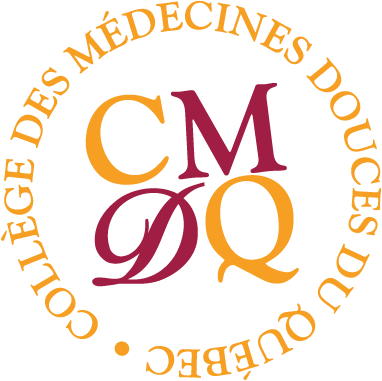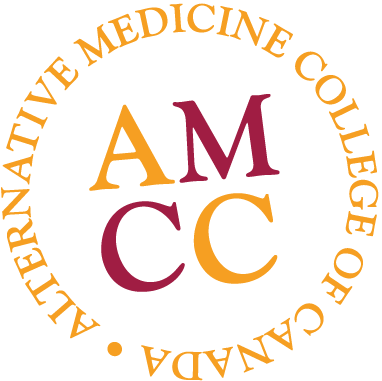
At Harvard and the Alternative Medicine College of Canada (AMCC), we learn how to assess a patient and their willingness to change. How will my client/patient respond to proposed treatment plan, and what modifications must we do to create success. This is what we call the Transtheoretical Model of Behavioral Change, it is comprised of five stages (pre-contemplation, contemplation, preparation, action, and maintenance). Having an understanding of what these stages entail and how we can differentiate where our clients/patients are, can be paramount to the success of your future practice and/or current standing practice.
STAGE 1: Pre-contemplation, this stage is typically associated with low conscious intentions to create change in one’s life. This may appear as a client/patient refusing to accept or discuss any serious unhealthy habits and behaviors.
STAGE 2: Contemplation, this stage is where the patient/client becomes aware that their current unhealthy behaviors and/or habits may pose a serious risk to their long-term wellbeing but have yet to take any actions.
STAGE 3: Preparation, this stage is where the patient/client begins to make tentative plans and decide the best course of action alongside their health care practitioner. This is a vital stage in the process, and cannot be mistaken for step 4.
STAGE 4: Action, this stage is where the patient/client has taken the necessary actions to change their lifestyles. The patient/clients have implemented the plans from stage 3, and continue to make the strides of improvement in their lives.
STAGE 5: Maintenance, this stage occurs typically 6 months after the action stage has begun. Meaning that you have been implementing the changes and new behaviors for the past half a year.
Now that we have a basic understanding on the different stages our patients/clients will inevitably work through. We can devise a plan with an understanding and sense of compassion for where our clients/patients are in their health care journey. Providing this information to our patients/clients may actually empower them in the understanding of why they make specific decisions. Educating your patient/client is the most powerful tool a health care practitioner can use at any stage in the behavioral change model.
These stages are completely patient/client driven and are not meant to be a tool to push or manipulate a person’s choices and decisions. Each patient/client will differ in their duration of each stage, and we must allow them to shift on their own time. If we as health care practitioners fail to understand the boundaries between educating and lecturing, the patient/client can ultimately decline any future help. There are many modalities we can utilize in naturopathic medicine and alternative health care; without effective communication and understanding these modalities will be unsuccessful. If there is one thing I have learned at the Alternative Medicine College of Canada, is that patient/client history is impossible to obtain when we do not listen. Without the history, we cannot asses and teach our patients/clients to the best of our abilities.
Author: Jessy Goldthorpe, student at AMCC.



Leave a Reply